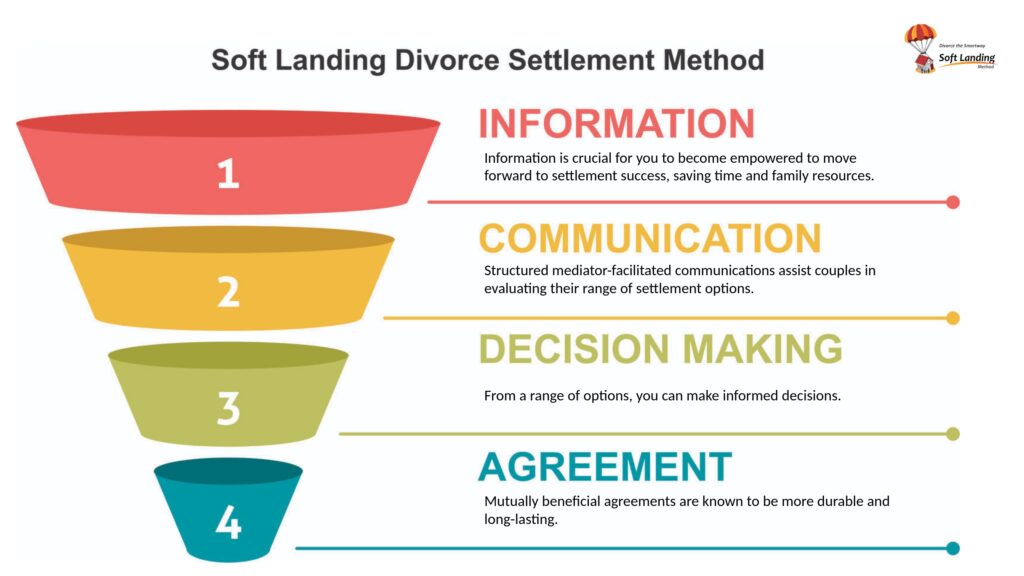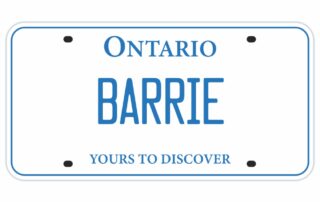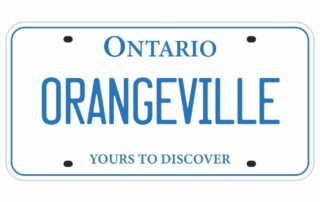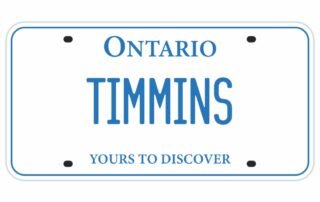How to separate in Ontario – what you need to know

Navigating Separation Papers in Ontario
Learn how to file for separation in Ontario with our comprehensive guide on legal separation and managing separation papers effectively
How to separate in Ontario FAQ
Legal protections for spouses during separation in Ontario include restraining orders in cases of domestic violence, rights to spousal and child support, and equitable distribution of marital assets through a separation agreement or court order.
Mediation can help during separation by facilitating communication between parties to reach mutually agreeable solutions on issues like property division, child custody, and support without going to court.
The financial implications of legal separation in Ontario include potential entitlements to spousal support, the division of property, and responsibilities for joint debts. Each spouse’s financial situation may significantly change post-separation.
Consider your financial arrangements, living situations, parenting plans if children are involved, and personal emotional support systems during separation. Legal advice is crucial.
Filing for separation itself isn’t required by law; however, drafting a separation agreement, which can take from a few weeks to several months depending on the complexity and cooperation between parties, is a common practice.
The term ‘separation’ usually refers to the fact of living apart. ‘Legal separation’ involves formalizing the separation through a separation agreement or court order.
Yes, you can be considered separated while living in the same house if you have separate living arrangements and do not present yourselves as a couple.
During separation, the rules can include no harassment, maintaining financial responsibilities, and adhering to temporary agreements regarding custody and property. Legal advice is recommended.
Benefits can include retaining health benefits, tax advantages, and financial benefits related to pensions or other marital assets. It may also provide a period for reconciliation.
To prove separation in Ontario, you can provide evidence such as separate bank accounts, individual living arrangements, and communication stating the intent to live separately.
The key difference is that a legal separation does not terminate the marriage legally; you are still married but living separately, whereas a divorce legally ends the marriage.
The process for a legal separation in Ontario typically involves negotiating and drafting a separation agreement that outlines the terms of your separation, possibly with the help of a mediator or lawyer.
Establish separate areas within the home and set clear boundaries about shared spaces and responsibilities to maintain a separation under the same roof.
Being legally separated means you are still married but have formalized the separation, often through a separation agreement, and live apart.
Prepare for separation by understanding your financial situation, documenting assets and debts, and considering your future living arrangements and care for any children.
Yes, you can be considered legally separated in Canada while living in the same house if you lead separate lives.
Legal separation in Ontario involves living apart from your spouse while remaining legally married and may involve a separation agreement.
You can separate while living together if you establish separate lives including sleeping, eating, and social activities separately.
During a separation in Ontario, you have rights to spousal support, child support, property division, and use of the matrimonial home.
External links that may interest you:
- Coping With Separation And Divorce | Mental Health America – Sharing your feelings with friends and family can help you get through this period. Consider joining a support group.
- How to help someone who is separating – Focus on what friends do best: listen, hug them, and let them know you will support them.
- Finding support during divorce/separation – Advice on finding support while you are going through divorce or separation including contact, parenting alone and more.
- A guide to parenting arrangements after separation or … – Reach out for support. Friends, family, and professionals, such as counsellors, can help. Take care of your health.
- Seven Ways to Cope With Separation or Divorce – Give yourself permission to find happiness, despite a divorce. You deserve to be happy and to have a fulfilling life.
- Someone you care about is coping with separation or divorce – Don’t insist on support or resources they don’t want or aren’t ready to accept. Examples of “identifying support” in the conversation include:
- Coping with a Breakup or Divorce – Find a DivorceCare group meeting near you – Worldwide directory of support groups for people going through a separation or divorce.
- The Importance of Finding Emotional Support And … – Emotional support groups can be an excellent tool to connect with others going through a shared experience. Those who have joined Circles
- Coping with Separation Handbook – Explore social media for support and help, while you keep in-person … BC Association of Clinical Counsellors (bc-counsellors.org) can help you find a counsellor
- How do I get through the pain of a temporary separation … – Attend church services. An important element when we find ourselves in this type of situation is the need for support. Please do not go through this alone.
- 7 Tips for Starting a Healthy Separation – OurFamilyWizard – 7 Tips for Starting a Healthy Separation · 1. Treat your partner as you would treat a business partner. · 2. Don’t make any significant changes.
- Building Resilience During Separation or Divorce – Remember to look after your own mental health by reaching out to friends, family, community support, and therapy as you navigate this time.
- Tips for Extended Family Members and Friends – Below you’ll find simple ways to offer support and guidance. Lend an ear. Your friend or family member may be looking for your advice or opinion at certain.
- Divorce & Separation | Mental Health | Parent Guide – You may also be able to find a local support group for people going through separation by searching online. A counsellor or therapist can help you to make.
- Maintaining your Mental Health through Separation or … – It’s crucial to prioritize your mental health after a separation or divorce – you don’t need to do it alone, reach out to friends and family
- Coping with family break-up, separation or divorce – Contact services for support and advice — There are many services that can help you through separation and divorce, such as counselling, family dispute
- Helping Your Child Cope with Your Divorce or Separation – It’s important to empathise with them. To support children during a separation and help them with their worries, you should: remind them that both parents love
- Helping children cope with separation and divorce – There are many sources of support to help you and your children through this difficult time. If you need to, reach out to friends, relatives, and community or
Ken Maynard CDFA, Acc.FM
I assist intelligent and successful couples in crafting rapid, custom separation agreements that pave the way for a smooth transition towards a secure future. This efficient process is achieved in about four meetings, effectively sidestepping the excessive conflicts, confusion, and costs commonly linked to legal proceedings. Clients have the flexibility to collaborate with me either via video conference or in-person through a DTSW associate at any of our six Greater Toronto mediation centers, located in Aurora, Barrie, North York, Vaughan, Mississauga, and Scarborough.
Have a few questions - Tap here to Schedule a Get Acquainted Call




















































